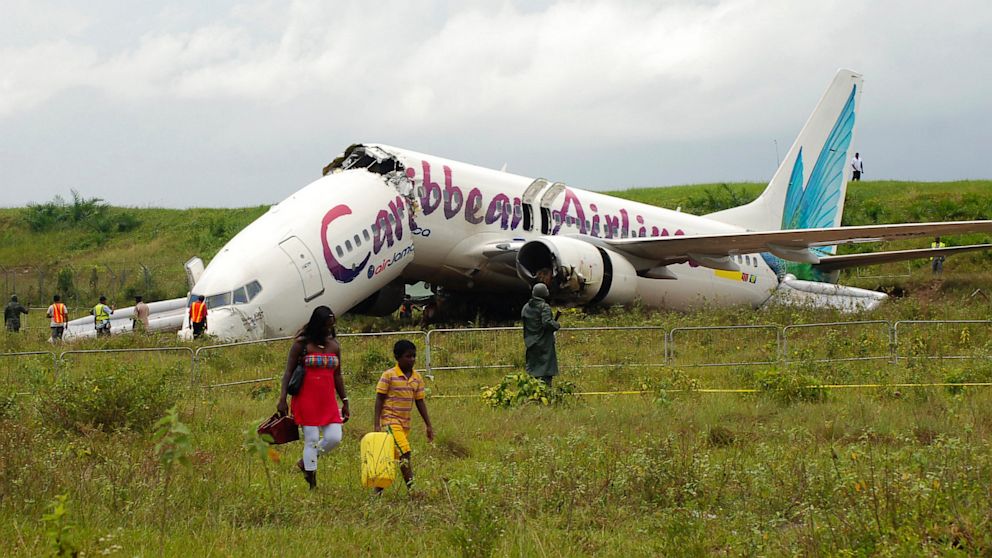Life and Death Without True North
 The average life expectancy of a pilot who flies into clouds and who is not instrument rated is 178 seconds. I can also tell you from past experience that even instrument rated pilots (I am one—though no longer flying) get spatial disorientation. In fact they get confused at about the same rate as those approved to fly only in visual conditions.
The average life expectancy of a pilot who flies into clouds and who is not instrument rated is 178 seconds. I can also tell you from past experience that even instrument rated pilots (I am one—though no longer flying) get spatial disorientation. In fact they get confused at about the same rate as those approved to fly only in visual conditions.
Training will not prevent the disorientation. However, instrument rated pilots are taught to ignore their instincts and trust their instruments. This sounds simple, but it’s not easy. You have to consciously ignore your brain. It involves many hours of drilling holes in the sky (or a simulated sky) with a sight limiting device (i.e. so you can’t see outside) and trying to fly complex patterns by staring at instruments inside the aircraft.
Most business leaders that I know would never try to fly an airplane without training and support. They also wouldn’t try to fix their own car, take out their spouse’s gall bladder or defend themselves in court without counsel. Yet every day, business leaders are flying blind without instruments to tell them whether they are right side up or in an inverted spin.
Before the 1980s, airline captains were completely breathing their own exhaust and first officers were not trained to question their authority. This caused some fatal accidents and the airlines took a different position; demanding that a first officer question the captain if he or she is doing something that could make them go “clunk.”
Just like a cocky pilot who is confident (and wrong) about his spatial orientation, a leader who relies on his or her instincts without back up instrumentation or counsel is doomed to crash.
One of the primary instruments in an aircraft is called an “attitude indicator.” It shows whether or not you are climbing, descending or turning. A CEO has an attitude indicator available as well—several varieties, in fact—but it only works when you pay attention.
What systems and practices do you have in place that will prevent you from flying blind? To whom do you listen to keep from getting inverted? When you invariably get disoriented, will you believe your instruments?

coaches CEOs to higher levels of success. He is a former CEO and has led teams as large as 7,000 people. Todd is the author of, Never Kick a Cow Chip On A Hot Day: Real Lessons for Real CEOs and Those Who Want To Be (Morgan James Publishing).
Connect with Todd on LinkedIn, Twitter, call 303-527-0417 or email [email protected].

Vance
7:04 am February 14, 2017What a great example about why we need to work with others and learn what data to use and trust.
Todd Ordal
10:13 am February 14, 2017Thanks, Vance!
Thomas H, HOLMES, CMC, CPIM
11:23 am February 14, 2017Great article, as usual, Todd. Scary to remember that I started flying (passenger) in the late ’60’s. Also raises the question of whether to rely on an organization’s formal or informal information systems (accounting & ERP systems vs.hallway conversations).
Todd Ordal
11:40 am February 14, 2017Thanks, Tom. Different world back then when it came to flying! I believe that the choice of what “systems” to listen to is critical. We probably over emphasize the hallway conversations to the detriment of “real” data.
Mark Haas
5:10 am August 17, 2017Great point, Todd (from another instrument rated pilot, also no longer flying). I, too, take lessons from my flying experience, like using checklists and recalculating weight and balance whenever conditions change.
Todd Ordal
5:56 am August 17, 2017Thanks, Mark!